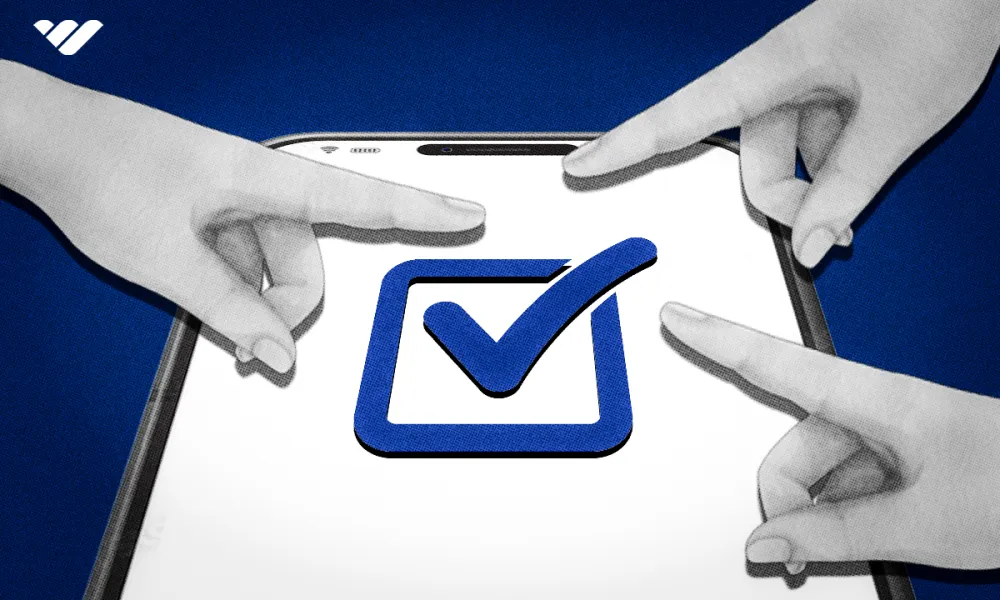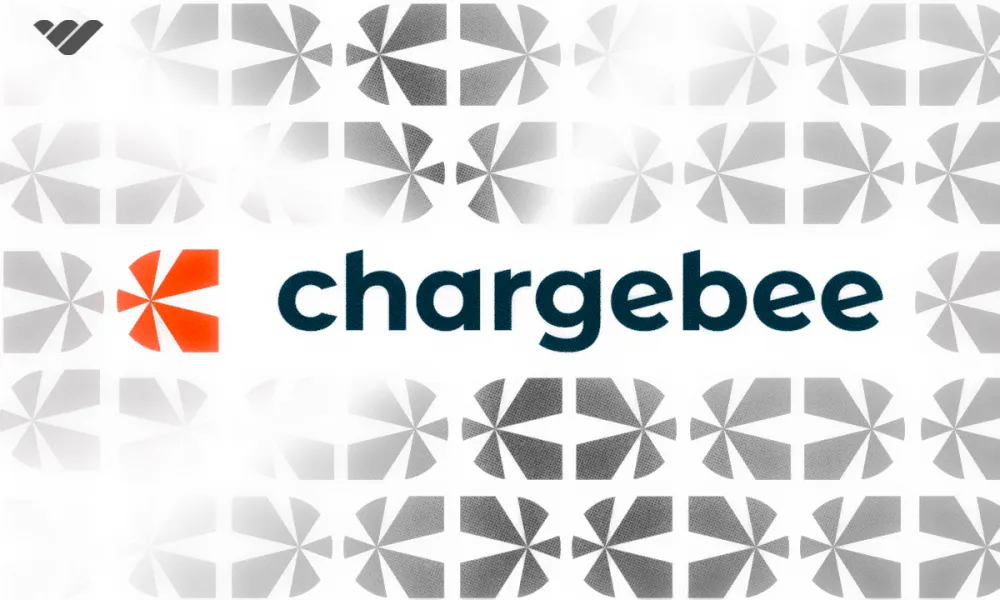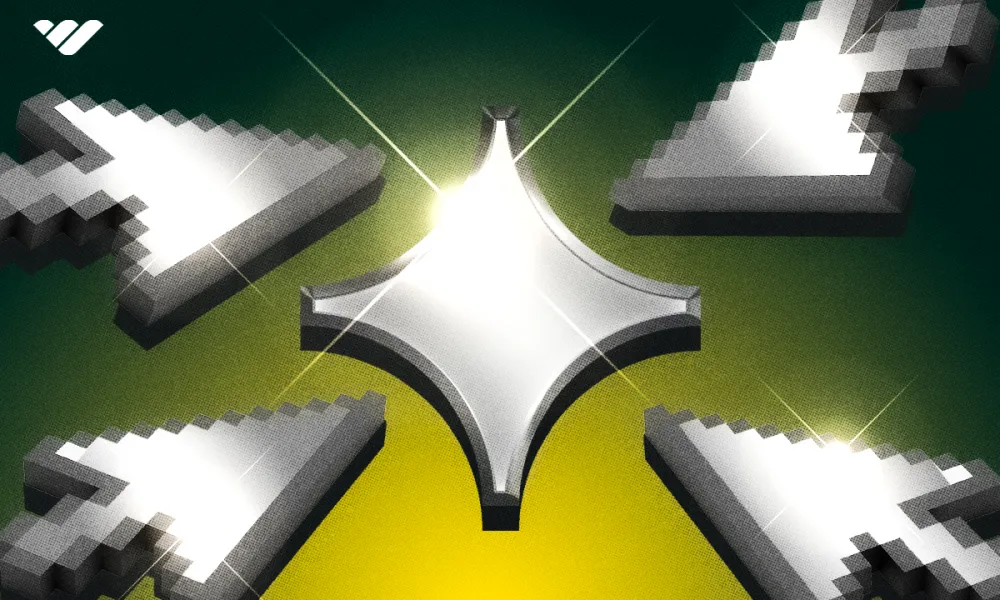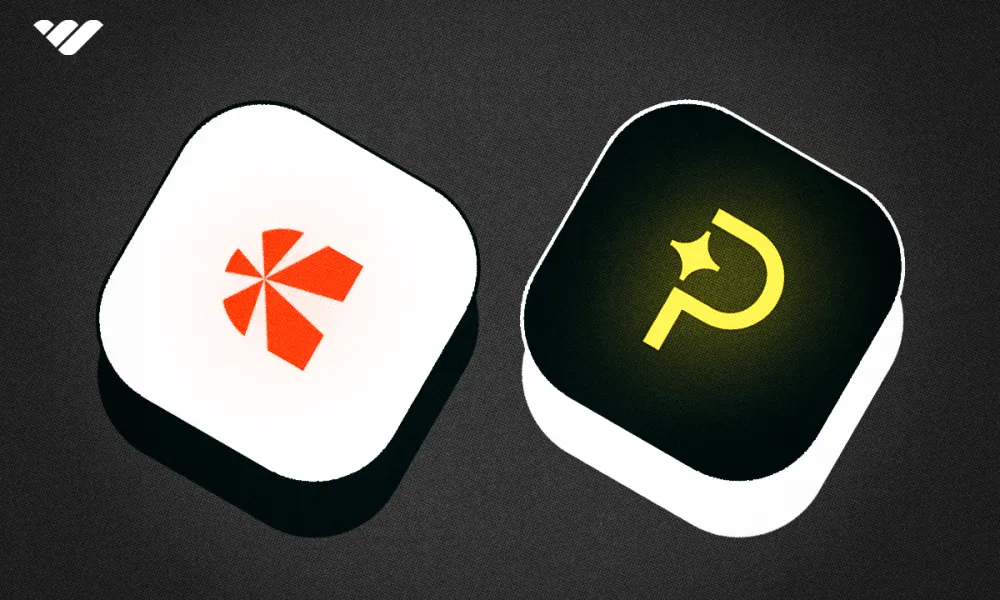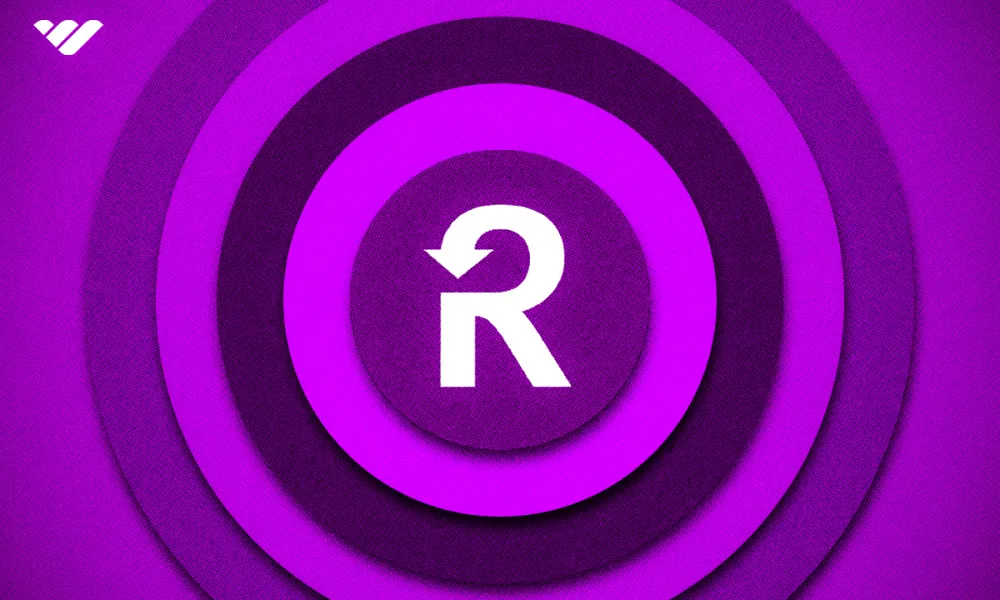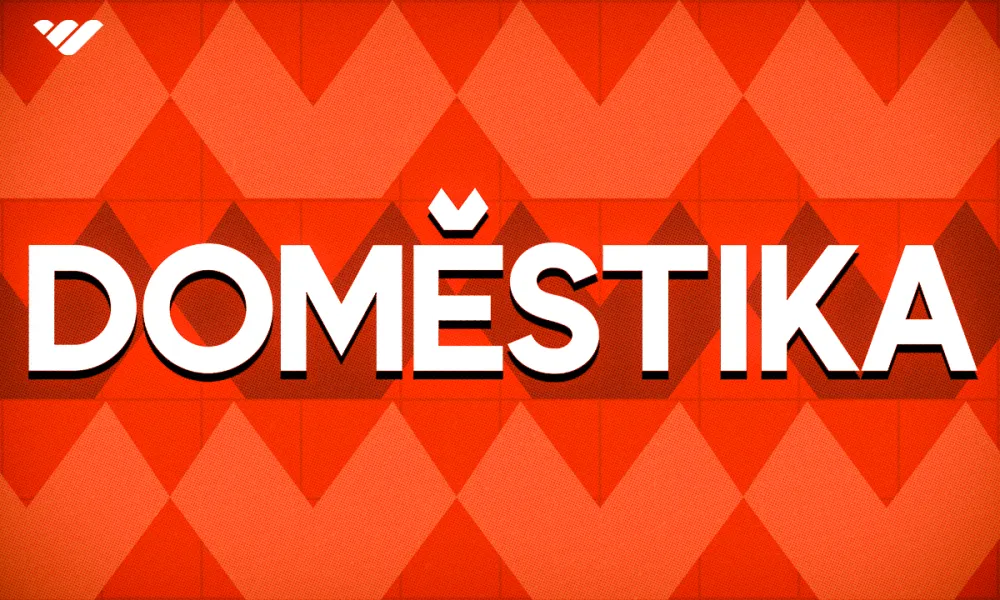Patreon charges creators a 10% platform fee and 2.9% + $0.30 payment processing fees, which can come up to 13-14% of your earnings.
Key takeaways
- New Patreon creators pay a 10% platform fee plus 2.9% payment processing fees.
- Legacy creators who joined before August 2025 keep 8-12% platform fees.
- Total Patreon fees typically range between 12-15% of gross earnings.
- Whop charges only 2.7% per transaction versus Patreon's 10% platform fee.
- Setting higher minimum pledges reduces payment processing fees on small donations.
Patreon charges new creators a 10% platform fee on all earnings, plus a 2.9% + $0.30 payment processing fees for all purchases. Creators who have signed up to the platform before August 4, 2025, on the other hand, pay 8-12% platform free depending on their account plan.
If you’re ready to turn your side hustle into a reliable income stream, Patreon is often one of the first platforms creators think of. It’s built around memberships, giving fans a way to support you in exchange for exclusive access to content, perks, or digital goods.
In this guide, we’ll break down Patreon’s current pricing structure, explain exactly how fees work, and show you how much you can expect to take home. We’ll also compare Patreon with top alternatives—like Whop—that may give you more flexibility and lower costs.
What is Patreon?
Before we jump right in, let’s take a closer look at Patreon and what it has to offer for creators. Patreon is a creator monetization platform dedicated to recurring revenue for creators of all kinds, mainly via memberships.
Members usually use the platform as a way to grant exclusive access to their members, or ‘patrons,’ in the form of content.

When Patreon first launched, it paved the way for creators looking for additional monetization opportunities. Today, it still does that job well, but it places too much focus on the membership model without many extras to explore.
Patreon pricing plans
For years, Patreon operated with two main tiers: Pro and Premium. These gave creators flexibility in how they monetized their audience, but they also came with different fee structures and feature sets. Here’s how things used to look:
Previous Patreon pricing:
- Pro plan (8%) – included community engagement tools, membership tiers, analytics, free trials and special offers, priority support, and monthly/annual subscription options.
- Premium plan (12%) – included everything in Pro, plus a dedicated partner manager, team accounts, and merch for membership.
While functional, these tiers often left creators juggling multiple fees beyond Patreon’s platform cut, including payment processing, payout, and currency conversion charges.
Patreon pricing as of August 2025: Patreon has simplified things. Pro and Premium have been rolled into a single standard plan for all new creators, with a flat 10% platform fee. This plan bundles together the most important tools:
- Page hosting and membership management
- Digital product sales
- Community tools and analytics
- Video hosting (up to 100 hours per month)
Merchandise is now an optional 3% add-on, rather than being tied exclusively to Premium.
Existing creators are grandfathered into “legacy” rates:
- Pro creators stay at 8% and gain access to a wider set of features.
- Premium creators are automatically reduced to about 11%, or can opt for 8% if they give up merch tools.
The end result is a much cleaner pricing structure for newcomers, while long-time Patreon users retain the rates they originally signed up for.
Patreon complete fee breakdown
Understanding Patreon’s platform fee is just the start. To get a true picture of your take-home pay, you’ll also need to factor in payment processing, currency conversion, and payout costs. Here’s how the full breakdown looks in 2025:
Patreon plan fees
- New creators pay a 10% platform fee on all earnings.
- Legacy creators who joined before August 4, 2025 may remain on the old 8% Pro or 12% Premium plans (with Premium automatically reduced to ~11%, or 8% without merch).
Payment processing fees
Patreon uses third-party processors such as Stripe and PayPal. These providers charge transaction costs, which Patreon passes on to creators. Rates depend on the pledge amount and the patron’s location. In general:
- $3 or less: 5% + $0.10 per pledge.
- Over $3: 2.9% + $0.30 per pledge.
These percentages are applied on top of the platform fee.
Currency conversion fees
If a patron pays in a different currency from the creator’s payout currency, Patreon applies a 2.5% conversion fee. This can add up if much of your audience is international, so many creators set their payout currency to match their largest supporter base.
Payout fees
Finally, there are costs when you withdraw your earnings:
- U.S. direct deposit (ACH): $0.25 per payout.
- U.S. PayPal: 1% of the payout amount, capped at $20.
- International direct deposit: $0.25–$2.00 depending on region.
- International PayPal: 1% of the payout, capped at $20 (currency conversion may apply).
When you add it all together, creators pay a platform fee (8–12% legacy, 10% new), plus processing, conversion, and payout fees. The exact total varies by audience size, location, and payout method, but it typically ranges between 12% and 15% of gross earnings before taxes.
Earnings example
Let’s say you earn $1,000 in pledges in a given month. Here’s how the fees might stack up for a new creator on the standard 10% plan, with most pledges over $3 and payouts going to a U.S. bank account:
- Gross pledges: $1,000
- Patreon platform fee (10%): –$100 → $900
- Payment processing (2.9% + $0.30 average): approx. –$32 → $868
- Currency conversion: $0 (all patrons paying in USD)
- Payout fee (ACH): –$0.25 → $867.75 net
That’s about 13% in total fees on this scenario. If you have a lot of small pledges under $3 or supporters outside your home currency, that percentage climbs higher—closer to 15% or more.
How to avoid Patreon fees
While you can’t eliminate Patreon’s platform fee, there are a few smart ways to minimize the extra charges that eat into your earnings.
💰 Set your payout currency wisely
Currency conversion fees can add up quickly if your patrons are paying in a different currency than your payout account. To avoid this, choose a payout currency that matches where most of your audience is located.
For example, if most of your supporters are in the U.S., set your payouts to USD. That way, you’ll only pay conversion fees on the smaller share of payments coming from abroad.
🔢 Encourage higher pledge amounts
Every single pledge comes with its own processing fee. If your page attracts lots of small-dollar pledges, you’ll lose a bigger percentage to fees. By setting a slightly higher minimum pledge (say $3 instead of $1) or bundling benefits into higher tiers, you can reduce the number of microtransactions and keep more of your earnings.
🏦 Choose the best payout method
Patreon charges different fees depending on how you withdraw your money. In the U.S., direct deposit (ACH) costs just $0.25 per payout, making it the cheapest option. PayPal withdrawals cost 1% per transfer (capped at $20), which can be more expensive if you withdraw frequently. Picking the right payout method can save you money over time.
Top Patreon alternatives
So, if you’re not totally sold on Patreon, especially after seeing some of the hefty fees associated with the platform, don’t worry, we’ve got some great alternatives for you.
🏆 1. Whop
Whop is an all-in-one platform and marketplace where you can sell virtually any kind of offer—not just memberships.
From online courses, coaching, and communities to live streams, ebooks, subscriptions, and one-off payments, Whop gives you full flexibility to monetize your business. Even brick-and-mortar brands like gyms or cafés can use it to sell memberships, manage bookings, and add digital upsells.
Whop fees
Whop handles payments globally with enterprise-grade security, covering cards, wallets, BNPL, and even crypto. It manages compliance and sales tax for you, and charges only 2.7% per transaction—far lower than Patreon’s 10%.
Plus, Whop doubles as a marketplace, giving your offers built-in discoverability with millions of buyers browsing every month.
2. Ko-fi

Ko-fi started out as a “tip jar” platform but has evolved into a flexible creator hub. Alongside donations, you can now sell commissions, services, digital downloads, and even memberships. It’s especially popular among artists and streamers thanks to features like donation alerts you can connect to live streams.
Ko-fi fees
- Free plan: 5% platform fee.
- Ko-fi Gold: $6/month with 0% platform fee.
That makes it one of the cheapest Patreon alternatives if you’re primarily focused on direct support or one-off sales.
3. Gumroad

Gumroad is a straightforward ecommerce platform where creators can sell digital products directly to their audience. Each item you upload gets its own unique product page and checkout link, which you can share anywhere online. Gumroad also supports storefront customization and email marketing tools, making it easy to keep buyers engaged.
Gumroad fees
Gumroad charges a flat 10% per sale for all creators. That puts it on par with Patreon’s new standard plan but more expensive than both Whop (2.7%) and Ko-fi Gold (0%).
Make more money with Whop
Patreon may be one of the original names in the creator economy, but in 2025 it feels limiting—especially if you want flexibility, discoverability, and fairer fees.
Whop is built for the modern entrepreneur, connecting you with millions of buyers each month and giving you the freedom to sell virtually any kind of offer.
With Whop, you can package and sell:
- Access to online communities (on Whop, Discord, or Telegram)
- Online courses and coaching programs
- Ebooks, templates, and downloadable resources
- Live streams, workshops, and masterminds
- Subscriptions or one-off payments
- SaaS tools or digital services
- Memberships, bookings, and add-ons for brick-and-mortar businesses like gyms and cafés
Instead of juggling multiple tools, Whop gives you a single hub to host, manage, and sell your offers—whether they’re digital, in-person, or hybrid. Payments are processed globally with enterprise-grade security, covering cards, wallets, BNPL, and crypto, while Whop handles compliance, sales tax, and payouts automatically.
Best of all, Whop only charges 2.7% per transaction—a fraction of Patreon’s 10% cut. It’s completely free to sign up, and Whop only makes money when you do.
FAQ
What content is not allowed on Patreon?
As diverse as Patreon is in terms of its creators, there are several types of content that are prohibited on the platform. According to the community guidelines, Patreon prohibits the following:
“Creators engaged in criminal activity including, but not limited to violent acts (e.g. murder, sexual violence or exploitation, assault, domestic violence, child or animal abuse), hate crimes, property crimes (e.g. vandalism, arson), or engagement with criminal organizations (e.g. drug cartels, gangs) are not permitted.”
How exactly does patreon work?
Patreon is a subscription-based platform that lets professional content creators, businesses, and enthusiasts receive payment for their products and services. It’s similar to crowdfunding platforms like GoFundMe and Kickstarter, but has a broader scope in terms of features.
How often should you post on Patreon?
According to research from the platform itself, members reported that they appreciated content that was delivered on a consistent basis. 80% said that they would like to see their favorite creators post content at least once a week.
Who is the top creator on Patreon?
As of November 2024, the top show on Patreon was a podcast called Matt and Shane's Secret Podcast. The comedy podcast had a total of 91,335 paid members.
Is Patreon better than OnlyFans?
Patreon isn’t necessarily better than OnlyFans, but both platforms serve their own purpose. If your content is more tailored toward the adult content industry, then OnlyFans is more geared toward this.
Is Patreon difficult to cancel?
If you’ve already set up an account on Patreon, but you’ve decided there’s another platform that better suits your needs, canceling your membership is very straightforward. Simply follow the directions below.
- Navigate “Settings.”
- Select “Active Memberships.”
- Click on “Edit” for the membership you want to cancel.
- Click “Edit or Cancel Payment.”
What countries is Patreon banned in?
Patreon is banned in a number of countries, including Cuba, Iran, North Korea, Syria, and specific regions such as Crimea, the Donetsk People's Republic (DNR), and Luhansk People's Republic (LNR).
Does Patreon own my content?
If you’re a creator, you might be wondering whether or not you maintain ownership of your content once it’s posted on Patreon. According to the platform’s Terms of Use: “Creators keep full ownership of their creations and patrons keep full ownership of what they post on Patreon, but give us permission to use them as part of Patreon's services.”


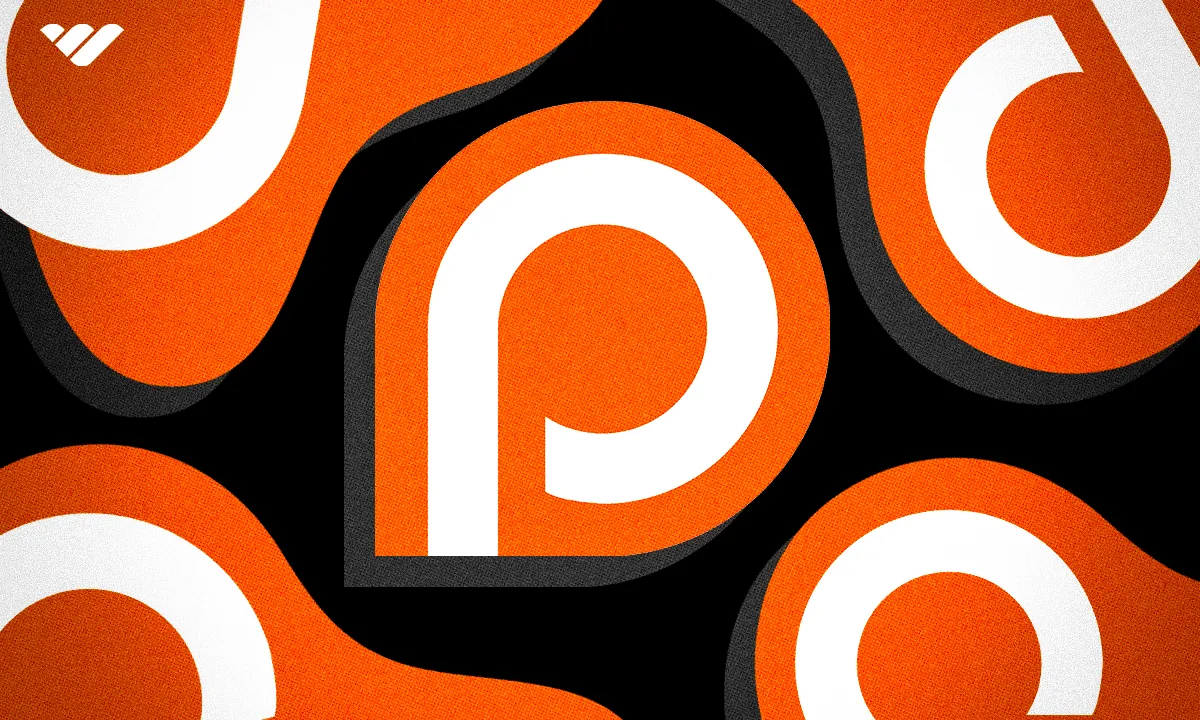
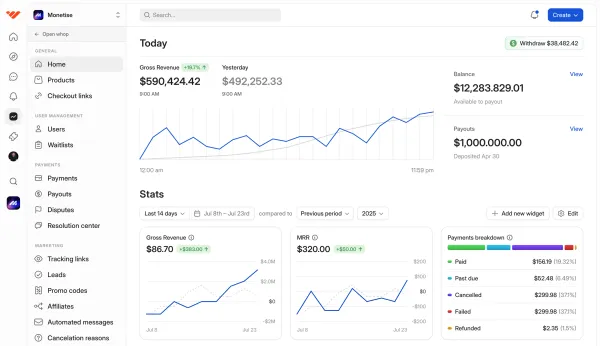
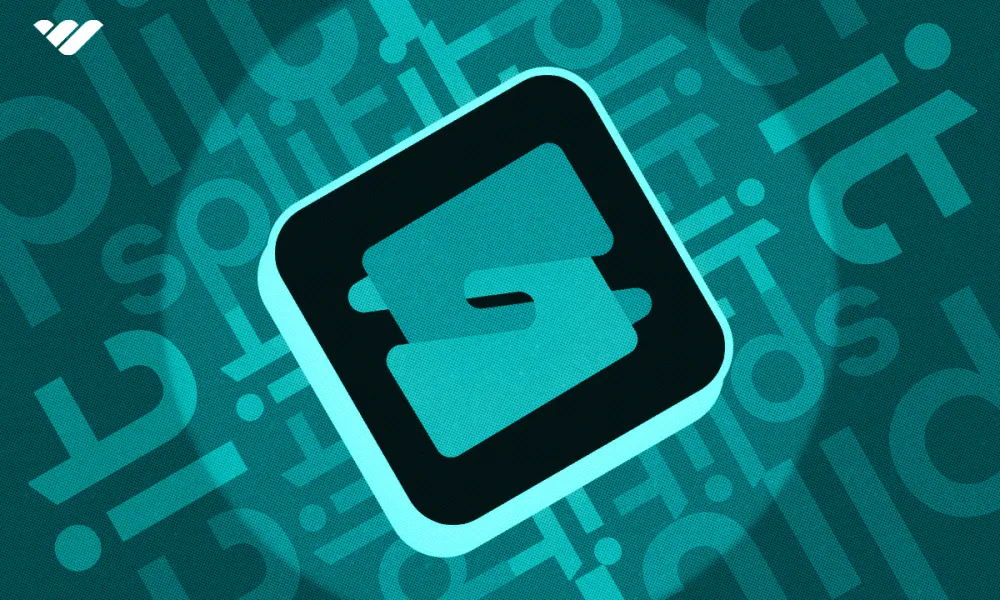
![Mighty Networks: is it the best choice for your community? [2026 review]](/blog/content/images/size/w1000/2024/05/What-is-Mighty-Networks-Features--Pricing--and-Alternatives-2024-Review.webp)

![The best online newsletter platforms [2026]](/blog/content/images/size/w1000/2024/05/Best-online-newsletter-platforms.webp)
![Top 17 best online course platforms to sell your course [2026]](/blog/content/images/size/w1000/2024/06/Best-Online-Course-Platforms.webp)
